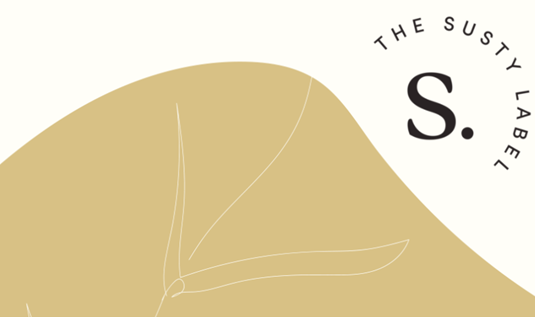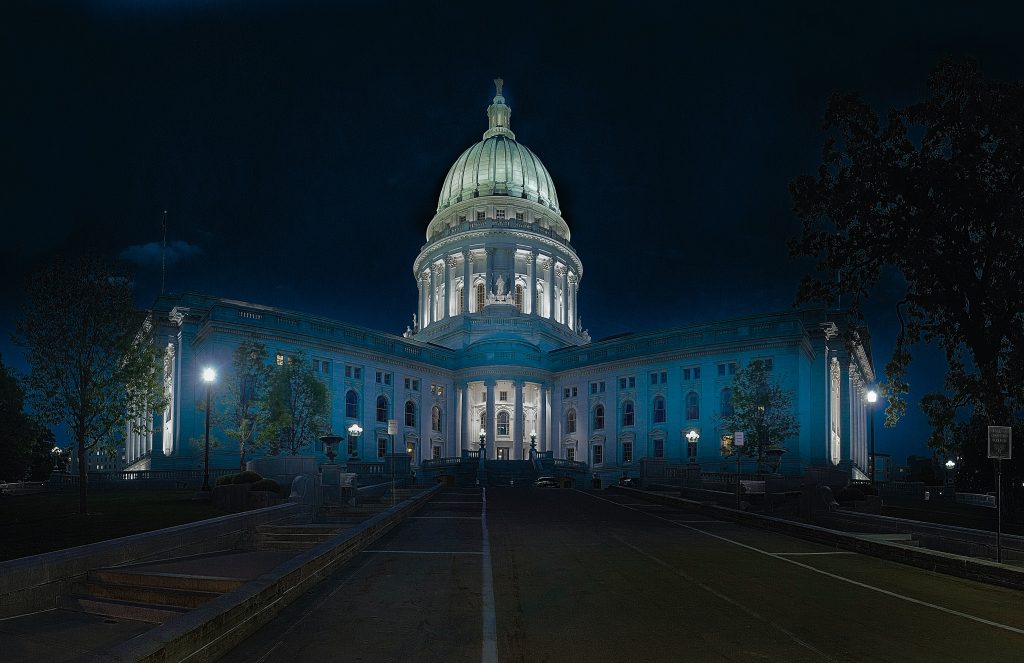To: The Impact Readers
Merry Christmas 🎅
We hope you are enjoying your Christmas holiday regardless of whether or not your celebrate it. This time of year is our favorite as it genuinely.
Today is a short one so you can go spend time with family and loved ones.
In Your Inbox: A sustainable marketplace; Updates from the law that would extend the 26% ITC out another 2 years

Consumer behavior plays a big role in trends and markets. Tara Jafarmadar Mujica, the CEO of Susty, explains what she is working on and how she is hoping to influence consumer behavior through product awareness – social, health, and environment.
How/why did you start Susty?
Susty started initially from a personal frustration around how difficult it was to be a conscious consumer. It would take me hours on end researching, learning, and contacting brands to learn more about their social and environmental goals and standards. Certifications are a whole other can of worms – figuring out what these certificates mean and how sustainability merits are validated is an important aspect of conscious consumerism.
I realized that if this is challenging and time consuming for me (someone that is willing to put in this level of effort), there were most likely others that would value this research I was doing. That assumption turned out to be true, as a lot of people were constantly coming to me for product and brand recommendations. That’s when I decided to create a marketplace where people can discover mission driven brands that take a holistic look at sustainability.
Sustainability is such a complex topic. And for someone to deem something as sustainable is difficult because something could be great from a carbon perspective, but not necessarily great from an ethical or pollution standpoint. Hopefully, as we continue to evolve and innovate in this space, we’ll start to see even more holistically sustainable solutions. But for now, consumers just need to be provided the information to make decisions based on their own values.
Can you describe what your company does and the impact?
The goal of Susty is to create awareness on the importance of the way products are created. We are highlighting brands’ sustainability features broken into three categories– people, environment, and health. We also include certifications, long-term goals, innovations and any environmental impact reports. This gives consumers all of the company’s sustainability information in one place.
From a social and environmental perspective, what we really want to do is help people become more aware of their purchasing decisions. This broadly means figuring out the repercussions/impact of products, whether it’s pollution, carbon emissions, or the livelihoods of the people creating them.
Grassroots demand does drive change. Just take a look at the organic foods industry – in 1997, this was a niche space, with $3.6B in annual sales, but as consumer awareness and demand for organic goods rose, the industry boomed to $50B in sales in 2019.
As consumers demand better, the industry in turn responds to meet those needs and it truly makes an impact. For example, “buying a certified organic cotton T-shirt rather than an ordinary one would save a staggering 650 gallons of water – enough for one person to drink eight glasses of water a day for three and a half years.” Or from a social standpoint, by purchasing FairTrade or GOTS certified, consumers are standing against the exploitation of 152 million children are still in child labor or 500 million smallholder farming households globally, who comprise a large proportion of the world’s poor living on less than $2 a day.
What does the current market look like?
This is an exciting time because it is the era of the woke consumer.
In 2018, a Neilson study said that 75% of millennials have probably or definitely changed their consumption habits to decrease their environmental impact. This year, products with recycled/responsible packaging have seen over 100% growth in sales compared to a year prior.
Gen Z is 3x more likely to say that the role of business is to support communities and stakeholders within the ecosystem. This generation is also more wary than other generations about greenwashing, and as a result they are writing to businesses and asking tough questions, which is where Susty is hoping to help.
How are you thinking about the market and policy?
To create systemic change, you need policy changes and regulation. But to start, you need grassroot movements where people demand more sustainable products. That’s where Susty comes into play, helping equip the consumer with the right information to shift consumer demand. Changes in consumer behavior will then support positive business behaviors.
On certifications, there are so many that exist right now. All these certifications focus on different aspects, but also have some overlap. I think that this is confusing for the consumer and some lend themselves to some greenwashing. We would love to help consumers understand what these labels are and what they mean.
What does the future look like?
I would love to see more holistic certifications, perhaps even something that’s federally sponsored. One emerging trend is validating different sustainability aspects of businesses. Through this, data collection will be standardized through innovations to help increase transparency and auditing.
There will also be an increase in circular business models, for both the consumer and the producer. Consumers will be mindful about what they are purchasing, from a production and post-consumption perspective, and producers will become more intentional and hopefully more accountable for the end of life of their products.
As ecommerce has massively grown in 2020- we saw more growth in the 8 weeks between March to May than we have in the past decade, which is immense. As e-commerce grows, supply chains and logistics will need to improve. This will take many forms, from packaging to transportation. The ultimate question businesses will try to solve is how to build resiliency and increase transparency across supply chains.
Sign up for The Impact and learn the perspectives behind the latest sustainability trends

On Monday evening this week Congress passed a bill that extends the solar ITC at 26% out for another 2 years. This is a huge relief for the solar industry that has been scrambling to get solar projects signed and Safe Harbored before 2020 wraps up.
The ITCs would have dropped to 22% and subsequently 10% (for commercial and above only) the following year had this bill not been passed this week. This is a better outcome than most people in the solar industry had initially expected hence the frantic rush many tax equity investors had to locking up equipment that fell under the “Safe Harbor” standard that qualifies projects that use that equipment in a project that may be energized years later.
Why does this matter?
What’s next?
Thoughts
Had the pandemic not occurred we likely wouldn’t have seen this bill passed as quick as it did. While it bodes well for the solar industry as a whole for the next 2 years it isn’t enough time for lenders and EPCs to sit back and figure out how to adapt their business once the ITCs do in fact run out.
Writers: Swarnav S Pujari, Ian Sumner, Daniel Kriozere
If you aren’t absolutely thrilled with The Impact, reply and let us know why. Or you can unsubscribe from all updates by clicking here.
Copyright © The Impact 2020. All Rights Reserved || 19 Morris Ave, Bldg 128, Brooklyn NY 11205
Develop your market map of up-and-coming climate startups and market opportunities by subscribing to our weekly newsletter for free.